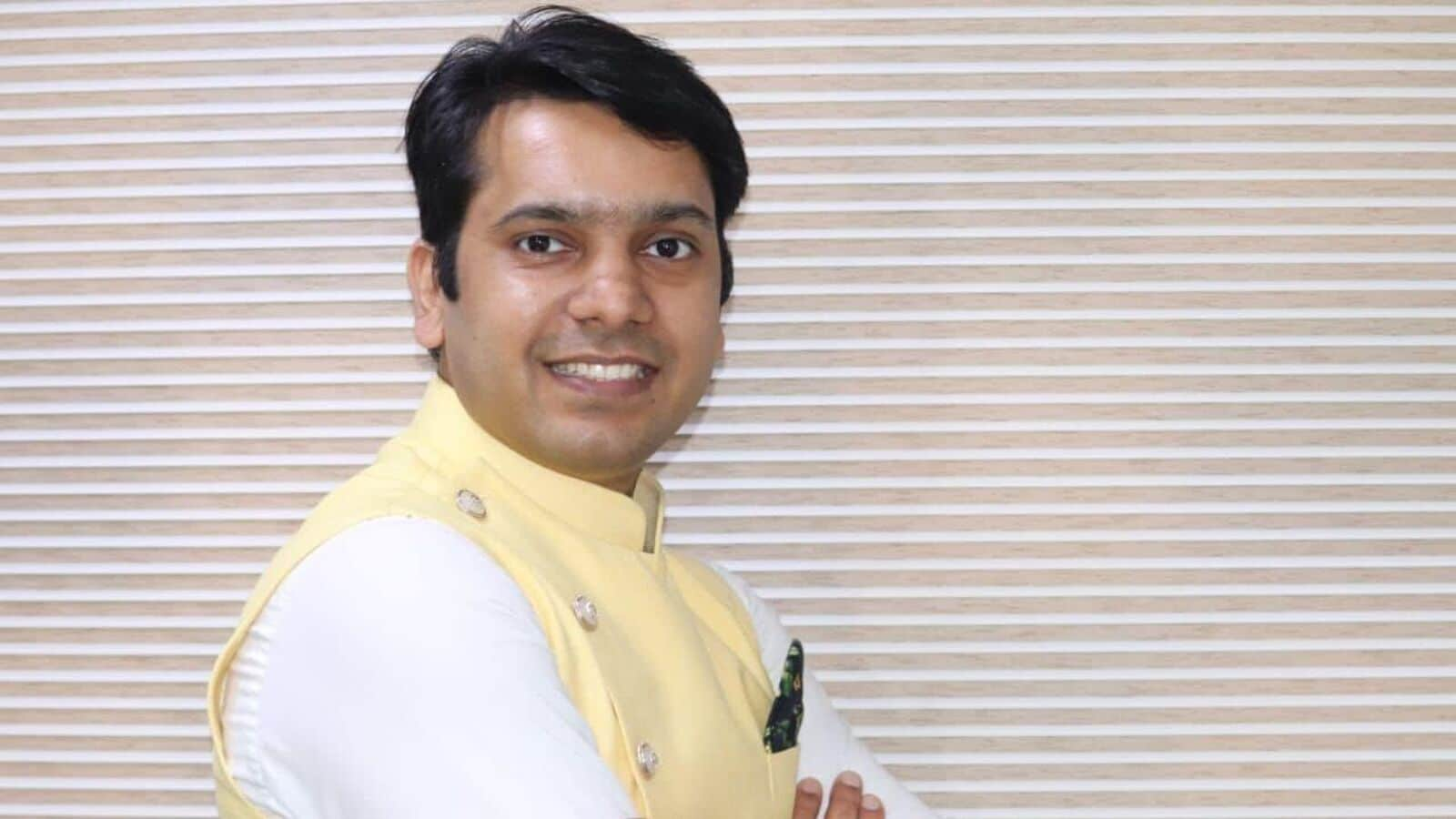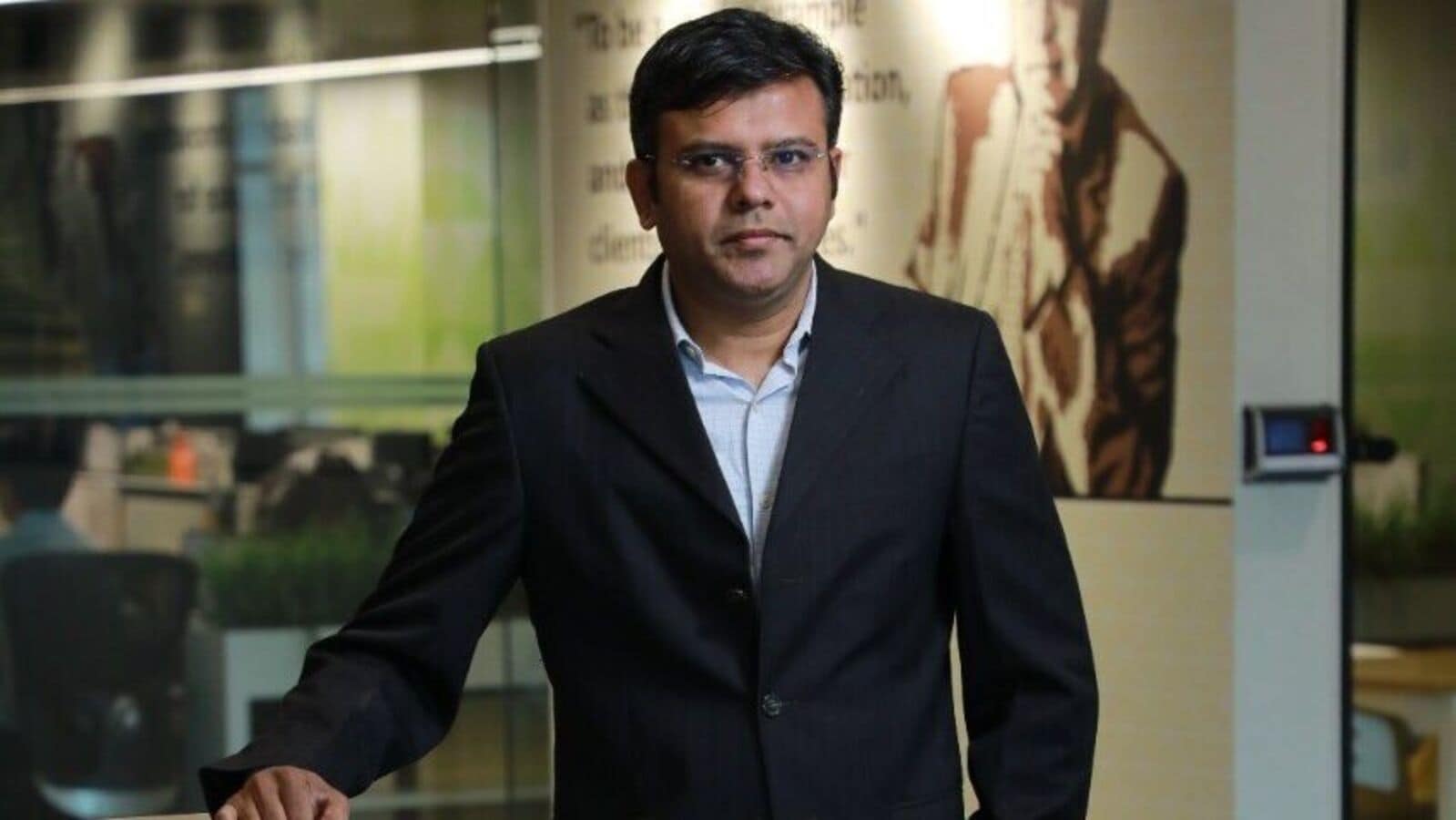[ad_1]
The event brought together experts from fintech, wealth management, and immigration, each highlighting why global exposure is no longer a luxury—but a necessity.
“There’s a lot of noise, but very little guidance”
Kicking off the conversation, Neil Borate, Deputy Editor at Mint, remarked on the overwhelming growth in financial content—but also on its limitations.
“There’s a huge growth in people speaking—brokers, influencers, content creators. But when it comes to overseas investing, real guidance is still missing. That’s the gap we’re trying to fill,” he said.
A Stock Market Surge Rooted in Constraints
Neil shared a sharp insight into why Indian mid- and small-cap stocks have surged disproportionately in recent months.
“In 2022, when the RBI stopped mutual funds from investing overseas, all that money was forced into Indian equities. It’s created valuation distortions. A lot of people don’t connect the dots—but that decision has shaped today’s market risks,” Neil added.
Watch excerpts from the workshop below,
“Most Indians are 100% invested in a 4% market”
Referencing global market data from 1900 to now, Neil emphasised the over concentration of Indian portfolios. “India isn’t even a visible color on the global market cap map. And yet, most of us are 90–100% invested in that tiny dot. Yes, India will grow—but other colours matter too,” he said.
The data was a wake-up call. While India accounts for just3–4% of global market cap, the average Indian portfolio remains almost entirely domestic.
The Power—and Pitfalls—of Global Exposure
The session explored success stories like theMotilal Oswal Nasdaq ETF, launched in 2011.
“I told my father to put ₹5 lakh in 2012—not a huge sum, but we caught the rally,” Neil shared. “The CAGR since launch is 21.88%—significantly higher than the Nifty.”
But he also warned against survivorship bias by citing the HSBC Brazil Fund, which returned-2.74% CAGR in the same period.
“If you had split ₹10 lakh equally between NASDAQ and Brazil, your blended return would still beat the Nifty—and crucially, it wouldn’t be correlated. That’s the true value of diversification,” Neil said.
Deepak Shenoy, Founder of Capitalmind, added context to this volatility, “Markets are cyclical. It’s not about avoiding risk, but about understanding where your concentration lies. Global investing helps smoothen that curve.”
Building Global Infrastructure for Indian Families
At the heart of this conversation was Mayuresh Kini, Co-founder ofZinc Money, a new-age fintech platform making global investing accessible for resident Indians.
“Most people think you need to be HNI to invest globally. Not true. With Zinc, you can open a zero-balance dollar account, and start saving today,” said Mayuresh.
Co-founded by SEBI-registered investment advisors, Zinc provides dollar accounts for resident Indians via a Payment Service Provider (PSP) license, global investment access through Gift City and a tie-up with broker GTN, and tailored portfolios for goals like foreign education, based on risk appetite and timelines. Zinc will soon launch dollar-denominated education loans via an NBFC license in Gift City.
Why Dollar-Denominated Saving Matters
One of the participants, a parent planning for his son’s international bachelor’s degree, asked about saving ₹40 lakhs in USD over four years. Zinc’s solution? Portfolio planning with declining equity exposure as the education date nears—a model that mitigates the risk of sudden market downturns.
Prashanth Venkatesh, a fintech leader and parent, echoed this sentiment, “You can’t afford to save in rupees for dollar-denominated expenses. Our traditional instruments aren’t aligned with that future.”
Taxation & Regulatory Clarity
Mayuresh also explained the India-U.S. tax treaty, “Capital gains are taxed only in India—not the U.S. What’s not covered, however, isinheritance tax. For non-resident non-citizens, the U.S. threshold is $60,000. Above that, there’s a40% estate tax. It’s something few Indian investors know.”
For Indian Businesses Going Global
The session also addressed cross-border banking needs. Entrepreneurs opening foreign entities—like in Singapore—can potentially open multi-currency accounts (USD, SGD, EUR, etc.) instead of setting up local bank accounts, which often come with high minimum balance requirements.
But for corporate capital transactions, LRS doesn’t apply. These fall underODI (Overseas Direct Investment) norms and are regulated by FEMA, often routed through an Authorised Dealer Category-I bank.
A Shifting World Order and the Case for Agility
The conversation also veered into geopolitics, particularly the disruption caused by shifting global alliances and uncertainty around U.S. leadership. In this new world ofbilateral trade agreements, agility in both investment and citizenship strategies is key.
Rajnesh Pathak, founder of Global North, put a spotlight on immigration through investment. “Immigration today is driven by capital. For those who don’t qualify via employment or family, investment-led routes are the most viable. It’s not about the fastest or cheapest—it’s about purpose.”
He highlighted how global residency programs are structured for economic development – governments raise capital, investors gain global access, and everyone wins.
In Summary: From Access to Awareness
Global investing, foreign education funding, and immigration by investment—these are not niche concepts anymore. They are increasingly becoming a strategic necessity for Indian families seeking global exposure.
What’s needed is clarity, compliance, and choice. The session made one thing clear: the world is open. It’s time Indian investors looked beyond their borders—not just for returns, but for resilience.
As Devina Mehra, author and Chairperson of First Global, summed up, “The only constant in global markets is change. Diversification is your only real hedge.”
Disclaimer: Mint Horizons Bengaluru edition is presented in partnership with Zinc Money
[ad_2]
Source link




